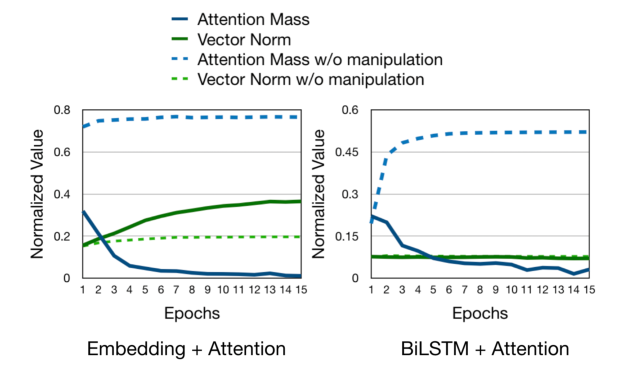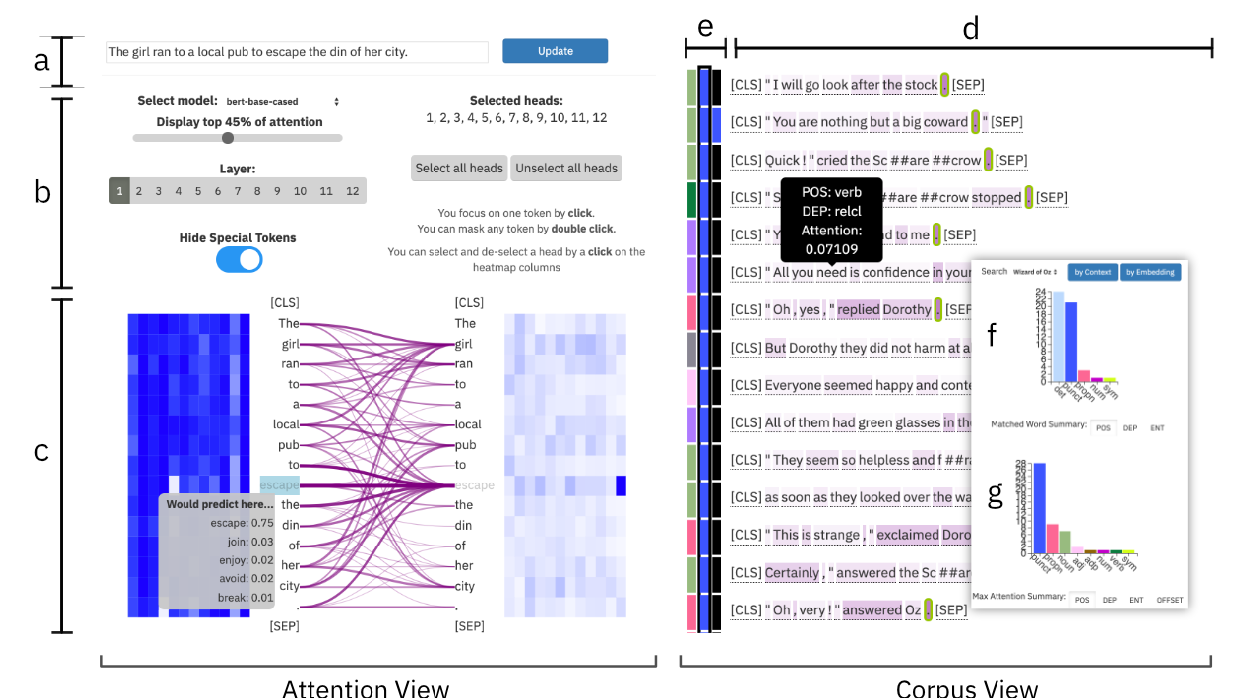Adaptive Transformers for Learning Multimodal Representations
Prajjwal Bhargava
Student Research Workshop SRW Paper
Session 1A: Jul 6
(05:00-06:00 GMT)

Session 12B: Jul 8
(09:00-10:00 GMT)

Abstract:
The usage of transformers has grown from learning about language semantics to forming meaningful visiolinguistic representations. These architectures are often over-parametrized, requiring large amounts of computation. In this work, we extend adaptive approaches to learn more about model interpretability and computational efficiency. Specifically, we study attention spans, sparse, and structured dropout methods to help understand how their attention mechanism extends for vision and language tasks. We further show that these approaches can help us learn more about how the network perceives the complexity of input sequences, sparsity preferences for different modalities, and other related phenomena.
You can open the
pre-recorded video
in a separate window.
NOTE: The SlidesLive video may display a random order of the authors.
The correct author list is shown at the top of this webpage.
Similar Papers
Learning to Deceive with Attention-Based Explanations
Danish Pruthi, Mansi Gupta, Bhuwan Dhingra, Graham Neubig, Zachary C. Lipton,

exBERT: A Visual Analysis Tool to Explore Learned Representations in Transformer Models
Benjamin Hoover, Hendrik Strobelt, Sebastian Gehrmann,

Human Attention Maps for Text Classification: Do Humans and Neural Networks Focus on the Same Words?
Cansu Sen, Thomas Hartvigsen, Biao Yin, Xiangnan Kong, Elke Rundensteiner,

